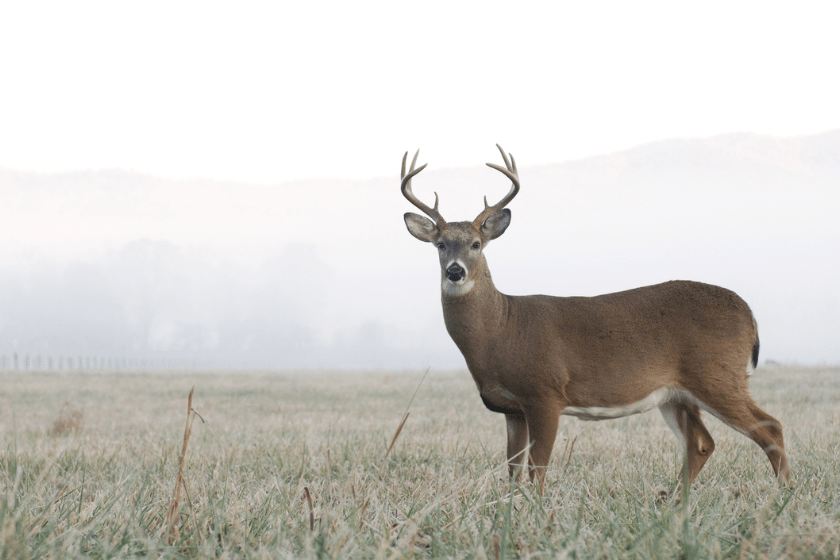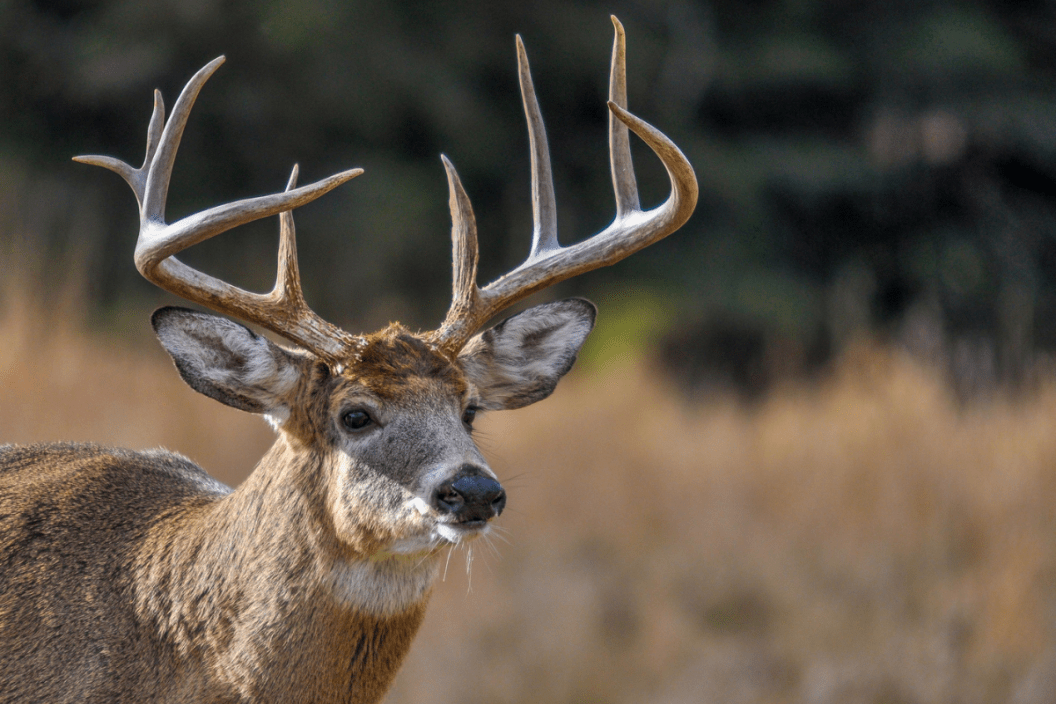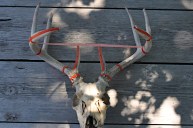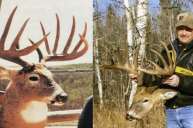What do hunters want when it comes to whitetail buck antlers? Is it the picture-perfect rack with two matching sides of a typical buck? Or is it the unique character of a nontypical buck with each side clearly distinguished from the other? When considering the typical versus nontypical buck battle, a lot comes down to personal preference. Let's break down the differences between the two, then we'll hear from several longtime deer hunters on what they prefer and why.
Typical vs. Nontypical

To determine if a rack is typical or nontypical, it mostly comes down to symmetry, which means that both sides of the rack are the same. If the antlers are a mirror image of each other, that buck is typical. Each side of the rack should have the same number of points, and the points should be the same size and width. Each antler has an equal counterpoint on each side of the rack. Even the angle of the antlers comes into play. The angle of the rack on a typical buck is the same and the rack will appear balanced. Symmetry is the key with typical bucks.
For a nontypical buck, everything that does not fit into the typical category qualifies. The antlers might have an irregular number of points on each side, or the angle may be distorted one way or the other. There may be a drop tine, which means a tine grows drooping downward in an irregular position. There may be an abnormal tine, which is a tine that grows off another tine and doesn't originate from the main beam. The variations that can occur in a nontypical buck rack are endless. An easy way to remember it is if a rack appears unbalanced, it is most likely nontypical.
Scoring Typical vs. Nontypical Bucks

Every set of antlers can be classified as either typical or nontypical, and every rack can be scored. Scoring systems are fairly rigid when it comes to defining a typical or nontypical buck. The Boone and Crockett Club uses an industry-standard scoring system that many people refer to when scoring big bucks.
The Boone and Crockett Club scores racks based on a system that labels the points as G1 (first point), G2 (second point), and so on. Typical racks would have matching antlers, meaning the G1 on one side is identical to the G1 on the other side. This pattern would continue up the antlers. Boone and Crockett also has a definition for where the points should come from in a typical rack. The standard is that normal points should project from the top of the main beam and continue from the nearest edge of the main beam over the outer curve to the tip. So, a typical rack by Boone and Crockett standards would mean that the points on the antlers occur in the typical locations where points are found and appear the same on both sides of the rack.
What Do Hunters Prefer?

So what kind of buck rack is preferred among hunters? It turns out that it mainly comes down to personal preference. Hunter Darrel Kenyon appreciates the distinctive nature of nontypical bucks: "I like that with a nontypical there is a very low likelihood of another that is just like it," he said. "I've seen a few typicals over the years that are similar enough they could pass for each other."
New York whitetail hunter Eddie Huffman agrees. "Nontypicals are cool because they have character," he said. "Typical racks are nice also, for the fact that many I've seen are symmetrical."
Brian Gambell points to the distinctive features of nontypicals as a bonus. "[I prefer] nontypical for the most part," Gambell said. "I'm a fan of all unique racks. Drop tines are my favorite."
Some hunters, such as Zeb Wolcott, prefer the uniform look of typical bucks. "I like all whitetail racks," he said. "Big symmetrical ones are my favorite."
And still, other hunters have no specific preference when it comes to racks. Whitetail deer hunter Jeff Watson falls into this category. "All racks are good," he said.
Hunter Erick Ericksen values the chase more than the antlers. "I like them both equally," he said. "What really would get me excited is an older buck that I have history with. One that has evaded me for years."
Daniel Sperr, too. "Every rack is typical for that buck," Sperr said. "Is it symmetrical or non-symmetrical? Man has to classify everything to fit their standards."




